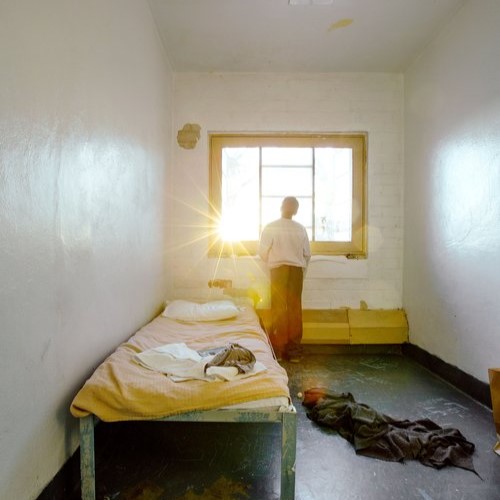
Louisiana spends an exorbitant amount of taxpayer dollars on juvenile incarceration. Last year, our state’s Office of Juvenile Justice spent $165.6 million to operate the state’s prison system, roughly $155,000 per child incarcerated. Further, individual parishes spend millions more on juvenile courts and jails each year. On top of those expenses, Gov. Landry is now proposing spending $93 million more this year on four new youth jails and prisons, despite youth crime declining by double digits over the past two years– and juvenile arrests declining by 74% in the past two decades. And yet, despite the amount of money we pour into our state’s incarceration system, Louisiana continues to have one of the highest per capita violent crime rates in the country. This approach isn’t working. Here are some better ways we can invest taxpayer dollars that will enhance public safety in Louisiana.
Restorative Justice
Restorative justice is a system of criminal justice which focuses on the rehabilitation of offenders through reconciliation with their victims and the greater community. This approach still holds the offender accountable for the harm committed, but it often involves a discussion between both the offender and the victim, allowing mediation and resolution. It involves having the offender face the person they’ve hurt and creating a plan to make amends. Restorative justice is healing, resulting in lower levels of post-traumatic stress for victims, greater feelings of closure and of a just outcome, and even lower levels of rearrest than those who didn’t have a mediation. One example of a restorative justice practitioner in the New Orleans area is the Center for Restorative Approaches. The CRA offers mediation and training on the restorative justice model to achieve true healing and safer communities.
Credible Messengers
Credible messengers are mentors who have had similar lived experiences growing up as the arrested youth they serve. They understand the challenges and barriers facing kids in their communities. They’ve often experienced juvenile arrest and incarceration themselves. Credible messengers understand the realities arrested youth face, but with the benefit of age and experience. Having an authentic, trusted, and supportive adult in their lives to give advice can bring about more positive behavioral changes than youth incarceration ever could. The results speak for themselves; children who take part in credible messenger programs experience lower levels of rearrest, recidivism, and even gun violence.
Community-Based Programming
Community-based programming is an alternative to traditional incarceration that focuses on rehabilitation and providing for the needs of children exiting the justice system. For low-level offenders, these programs can be extremely helpful to prevent recidivism while avoiding the negative collateral consequences of incarceration. Community-based programming allows kids to have their needs met while maintaining public safety. One example is diversion, which diverts low-risk youth from incarceration, resulting in better outcomes for kids and lowered rates of reoffending. Programs like GROWW and MELOW in New Orleans support kids who would otherwise be incarcerated or removed from their communities. These programs can include job placement programs, mentoring, and reconnection with school to address the root causes of crime.
When considering alternatives to spending even more money on youth incarceration, we asked our own kids, youth advocates, and social workers how they think the money could be better spent. They all gave common-sense answers: safe housing for them and their families, educational services, after-school programming, therapy, training on how to use technology, and job training and trade programs. When kids have their needs met, they are much less likely to engage in criminal activity.
Louisiana has proved time and again that pouring tens of millions of dollars into incarceration does little to improve public safety. We have no reason to believe that spending $93 million on new jails and prisons will change that. However, numerous studies and pilot projects have shown that crime can be better addressed by ensuring that children are rehabilitated in their own communities, not by building more prisons. Utilizing community-based alternatives to incarceration, credible messengers, and restorative justice will result in lower rates of reoffending. Further, access to stable employment, safe housing, and healthcare would largely address the root causes of criminality. By addressing the root causes, fewer children will cycle back into the system—thus negating the need for more jails and prisons in the first place. We believe this will be a far wiser investment, and one that will yield safer communities for us all.